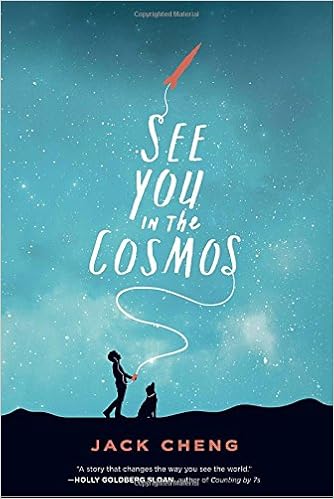In this last edition of my learning project posts, I will describe how I would set up my literacy circles and have them run.
First, I would have a list of three or four novels that I would like my students to study. I will give students a slip of paper to write their vote on and we will use a ballot box so that the vote is private. For this post, I will just pretend that students voted on using Because of Winn-Dixie for our literacy circles.
Lets say there are twenty students in my classroom. I will ask students to group themselves into groups of five (if students cannot seem to handle choosing their own groups wisely, this privilege may be taken away the next time we use literacy circles). I will choose one student from each group to be the Discussion Director. This must be a student who has strong leadership skills and who works well with others. Once we have established the Discussion Director for each group, I will distribute a log sheet for the Director of each group to keep record of roles. The Discussion Director will choose who will fulfill the roles of Summarizer, Illustrator, Word Wizard, and Connector. They will record the date and the name of each group member under the role they are fulfilling each week. Next, the teacher will distribute the texts to the groups.
Students will each be given a packet that will correspond with that week. The first week our packet will cover Chapter 1-4, week two will cover Chapter 5-8, week three will cover 9-12, week four will cover 13-16, week five will cover Chapter 17-20, and week six will cover Chapter 21-26. Each packet will have a sheet for each role. The student filling that role for the week will fill their sheet out. Each other group member will be expected to take notes from the other roles on the sheet that corresponds with that task. The Illustrator must draw their picture and write a description and an explanation of why they drew what they did.
Students will be given an hour for the group meetings which will be broken down as such: 30 minutes to read the assigned chapters together, 15 minutes to find the information and fill out their role records, 15 minutes to discuss their findings with their groups. Once this has been done, students will fill out an exit slip asking comprehension questions about the assigned section of the book. Once a week we will also fill out a STEAL graphic organizer for a different character in the book and each student will write a paragraph about that character. Two students will be chosen each week to share their paragraphs with the class.
At the end of the study I will ask each group to give a short presentation to the rest of the class. This presentation could be a short skit, a slide show or PowerPoint presentation or just an oral report of the book. Students will be asked to use some of the most important information they’ve discovered about the book through their critical thinking skills.
I spent a total of 20 hours researching for this project and planning out the blog posts. I will share this information with students in my education classes and hope to use this process in my own classroom when I am a teacher.




























